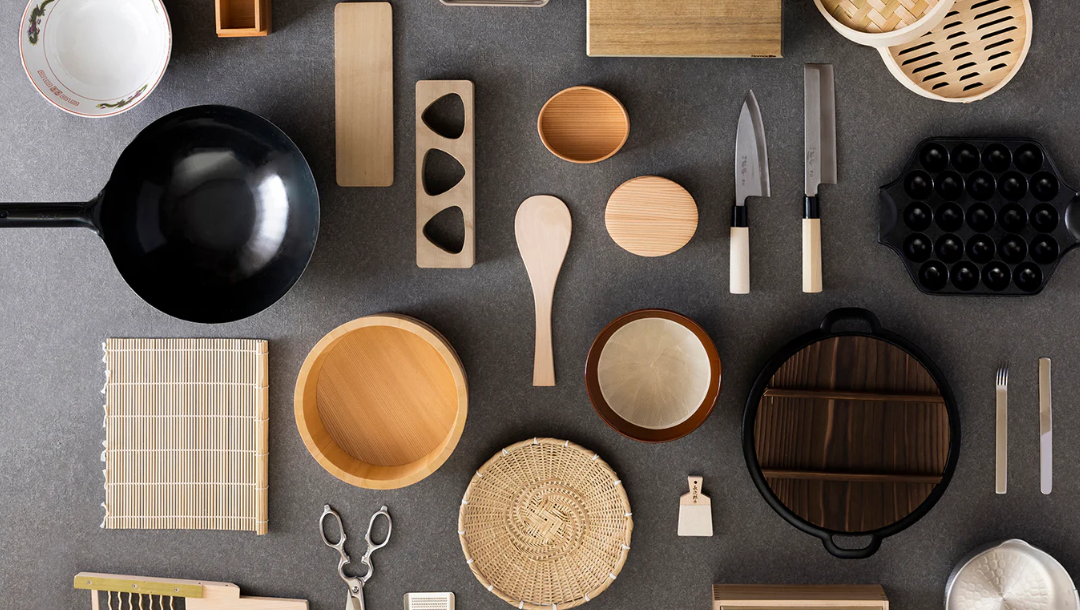For left-handed individuals, cooking with tools designed for right-handed users can be frustrating and even unsafe. This is where left-handed kitchen utensils come into play. These specialised tools cater to the natural motions and grip of left-handers, offering better control, comfort, and efficiency. Here are six key reasons why investing in these utensils is essential.
1. Improved Comfort
Standard kitchen tools often force left-handed users into unnatural positions, causing discomfort during prolonged use. Left-handed kitchen utensils are ergonomically designed to align with a left-hander’s grip, reducing strain and making cooking a more enjoyable experience.
2. Enhanced Safety
Using tools designed for the opposite hand can increase the risk of slips and accidents, especially with sharp objects like knives and peelers. Left-handed utensils minimise this risk by providing better control and precision, ensuring safer food preparation.
3. Increased Efficiency
Left-handed users often struggle to use tools like can openers or ladles optimally, slowing down tasks. Tools designed specifically for left-handers streamline the cooking process, saving time and reducing frustration.
4. Better Precision
Tasks requiring accuracy, such as slicing or measuring, become more challenging when using right-handed tools. Left-handed knives, for instance, are designed with reversed blades to offer the precise angles needed for clean cuts. This results in more consistent and professional-looking results.
5. Reduced Physical Strain
Right-handed tools force left-handers to use awkward wrist movements, which can lead to fatigue and long-term strain. Left-handed kitchen tools, such as peelers and scissors, prevent such discomfort by supporting natural hand movements.
6. Catering to Diverse Needs
Having the right tools in the kitchen fosters inclusivity and ensures that everyone, regardless of their dominant hand, can participate in cooking activities comfortably. This is especially important in shared kitchen spaces, where both left- and right-handed individuals may be working together.
7. Accessibility and Inclusivity in Kitchen Design
Incorporating left-handed kitchen utensils into kitchen design fosters inclusivity and ensures that everyone can cook comfortably, regardless of their dominant hand. Kitchens are often shared spaces, and it’s essential to create an environment where all individuals, whether left-handed or right-handed, feel equally equipped to work. Conclusion
Equipping your kitchen with left handed kitchen utensils is a practical step towards improving safety, comfort, and efficiency for left-handers. These tools eliminate unnecessary challenges and make cooking an enjoyable experience. By recognising and catering to the needs of left-handed individuals, we can create a more inclusive and functional cooking environment.

